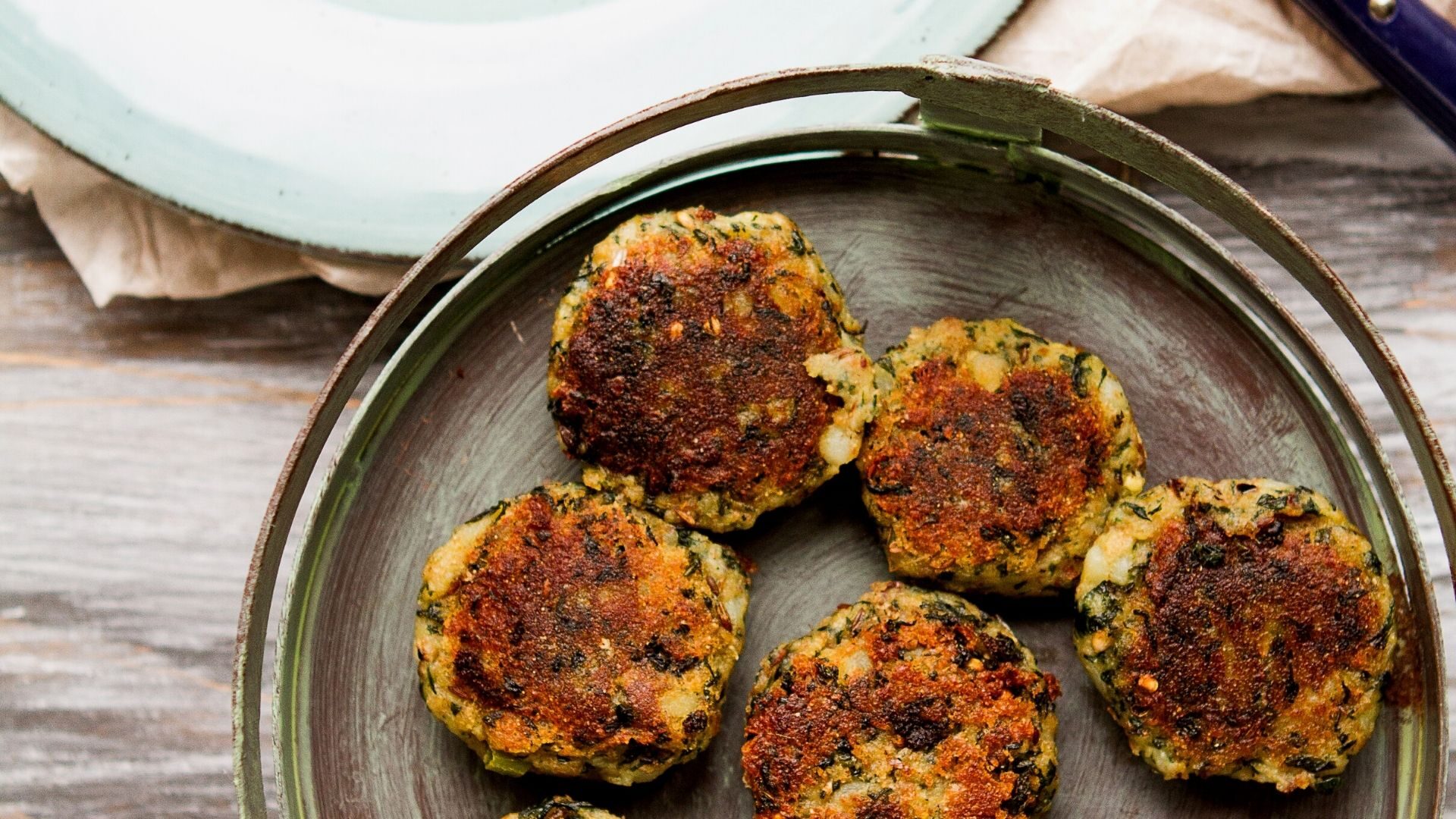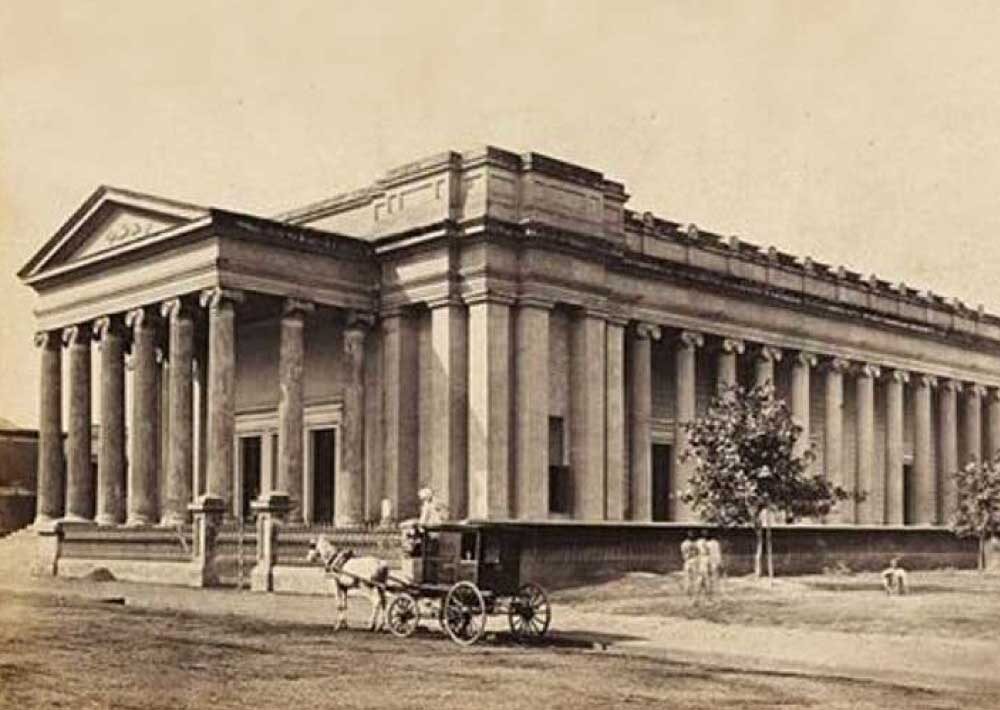Turkey Galuti kebab
Galouti kebab is a popular dish made during many celebrations in India and so it it is only fitting for us to turn to it too! Our kebab is made with minced turkey and combined with a brussel sprouts ketchup.
Turkey Galouti Kebab
| Course: | Starter |
| Complexity: | Intermediate |
| Preparation Time | 25 to 30 minutes |
| Cooking Time: | 5 to 7 minutes |
| Serves: | 6 to 8 |
Ingredients:
- 1 kg turkey mince (7% fat & triple mince recommended)
- 1 tbsp lemon juice
- 15 g to 20 g mint leaves
- 25 g coriander (leaf & stalk)
- 50 g mature smoked cheddar (grated)
- 1 tbsp ginger & garlic paste
- 1 tbsp ghee/melted butter
- 1 red onion (medium-sized, finely chopped)
- 1 ½ tbsp ground garam masala
- 1 tsp turmeric
- 1 tsp Kashmiri red chilli powder
Method (marinating and frying)
- Put all the ingredients except mince in a mixing bowl and mix it well.
- Now mix the mince with the mixture and marinate it for at least 2 hours in the fridge. Overnight marination recommended.
- With your hands take gold ball sized portions of the mixture and flatten slightly.
- Heat up the pan, add oil and ghee together and pan-fry the Galouti on high heat for 2 minutes each side, add two crushed garlic and a rosemary stalk then put in the 180 degrees preheated oven for another 3 minutes.
Brussel Sprouts Ketchup
Course: Condiments
Complexity: Easy
Preparation Time 15 to 20 minutes
Cooking Time:30 to 35 minutes
Serves:10+
Ingredients:
- 1 kg washed Brussel sprouts
- 5 tbsp tomato ketchup
- 1 tbsp turmeric
- 1 tsp cumin powder
- 1 tbsp coriander powder
- 1 tsp smoked paprika
- 1 tbsp Kashmiri chilli
- 1 green chilli
- 5 tbsp olive oil
- 2 cloves of chopped garlic
- 1 tbsp sugar
- 1 tbsp salt
- 2 tbsp white wine vinegar/ lemon juice
Method
- Put all the ingredients in a pressure cooker and cook for 30 minutes or cook in a pan until the Brussel sprouts are soft and ready to blend.
- Once cool – blend and sieve it through and preserve it in the fridge for three months.



